
As I conclude my series on how to improve your photography at Walt Disney World, I want to talk about my favorite kind…Motion Photography. When done right, motion photography gets the most attention when sharing it. It has good “Wow” factor.
First kind of motion photography is keeping the camera still with a slow shutter speed. Something below 1/60th of a second though it can be faster depending on how fast the subject is moving. In the case below, the Seven Dwarfs Mine Train in the Magic Kingdom’s Fantasyland gave a good motion blur at 1/30th of a second. If I used a tripod, I could have gone even slower.
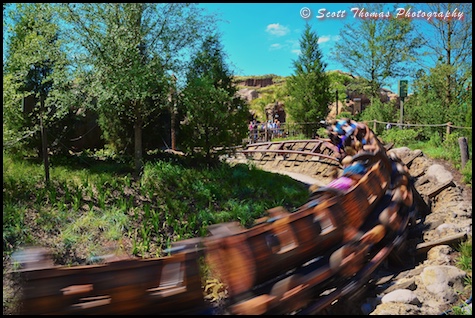
Seven Dwarfs Mine Train flying by in Fantasyland.
Nikon D700/24-120VR, 1/30s, f/22, ISO 250, EV +0.3, 24mm Focal Length.
The second kind of motion photography and the hardest to master is Panning. This is where you move the camera using a slow shutter speed while keeping the subject in the same relative location in the view finder. It takes practice which can be done anywhere you find moving subjects. Parks, race tracks, sporting events and getting your family to ride bikes up and down the street all make good subjects for panning practice. Tomorrowland Speedway in the Magic Kingdom is an excellent place to use panning. The cars stay on the same course and never stop going by. You do have to slow the shutter down to make them look fast.
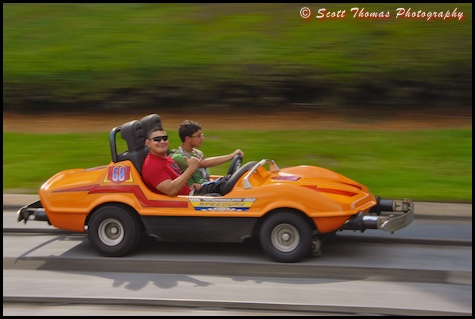
Guests “fly” by on Tomorrowland Speedway in the Magic Kingdom.
Nikon D700/28-300VR, 1/15s, f/29, ISO 200, EV 0, 85mm Focal Length.
You can read a more in depth article on panning here: Panning for Gold.
As I pointed out, motion photography is not easy and takes practice. I find the time well worth it when I see and hear people comment on them.


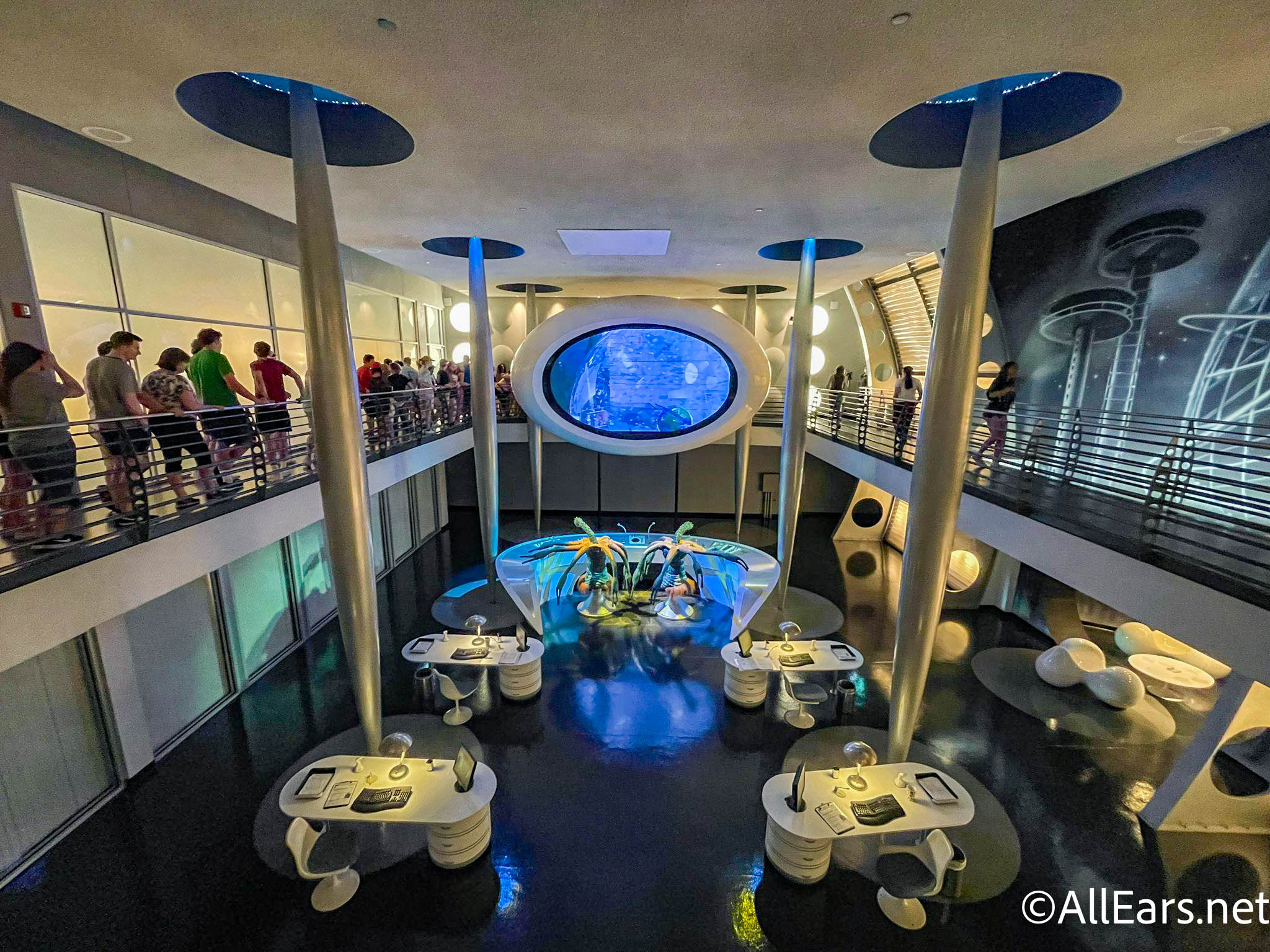



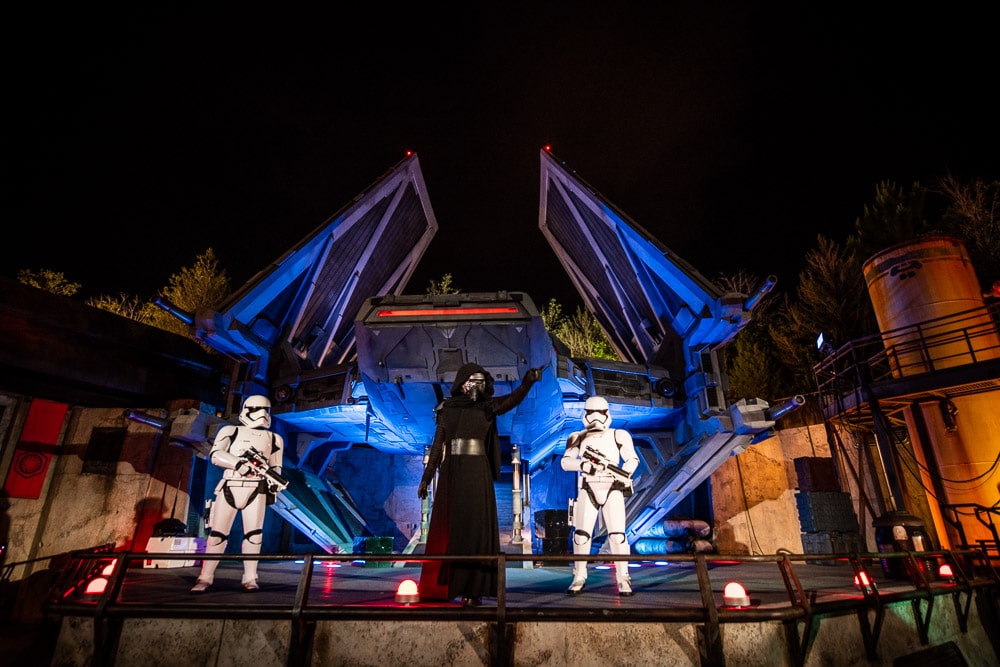
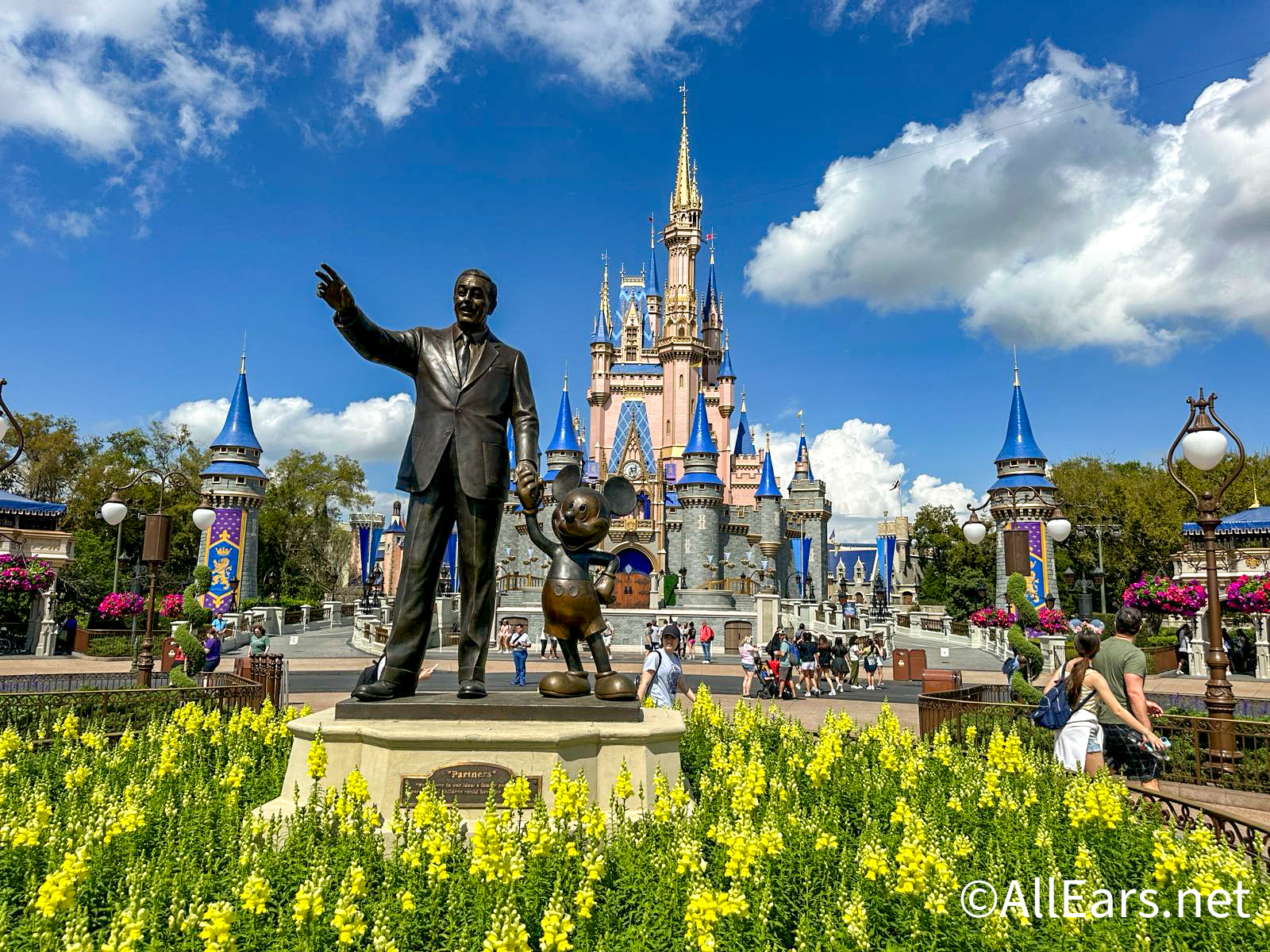
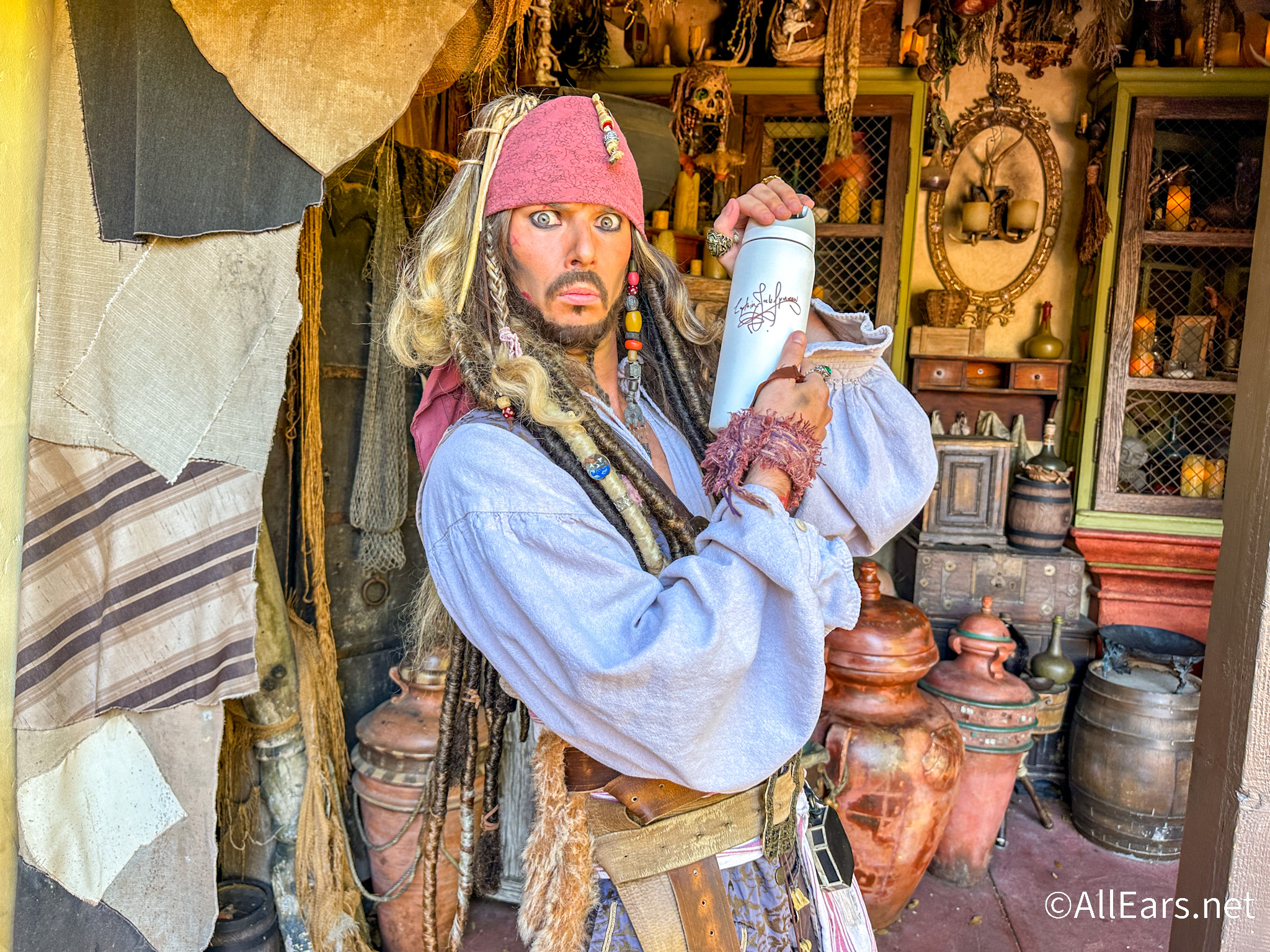

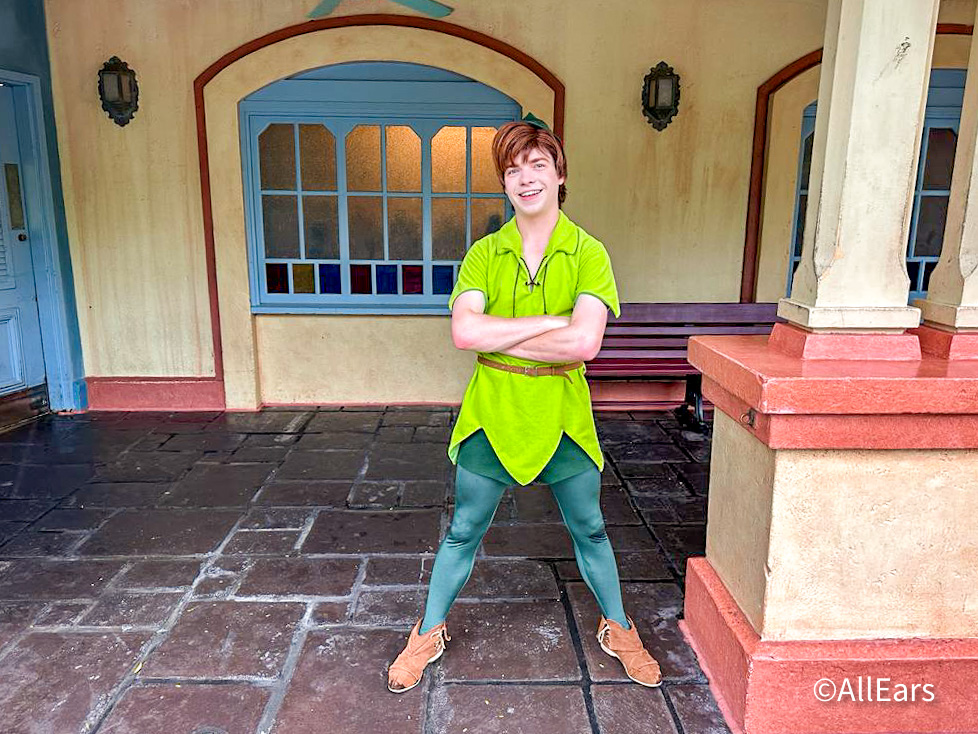
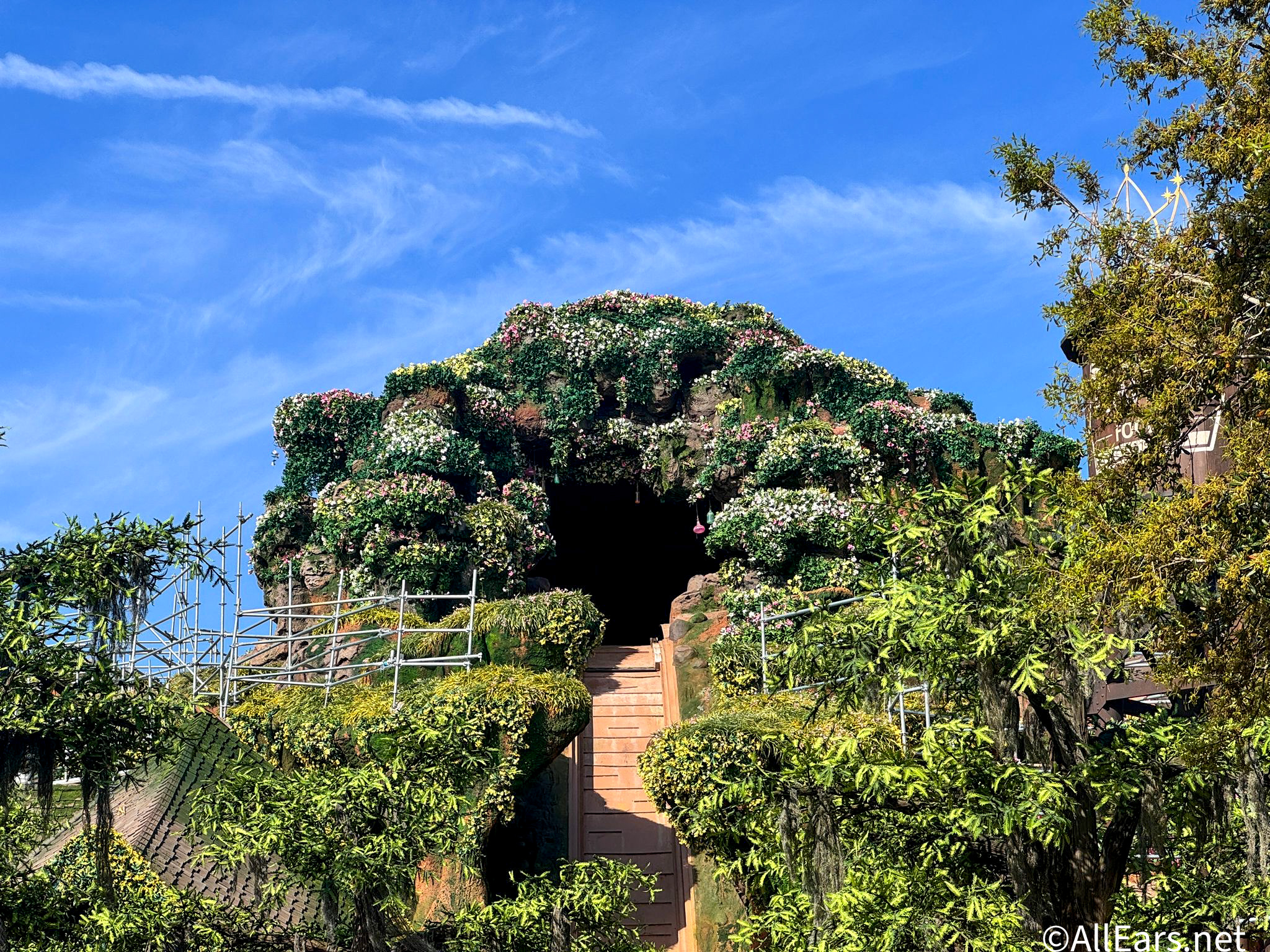
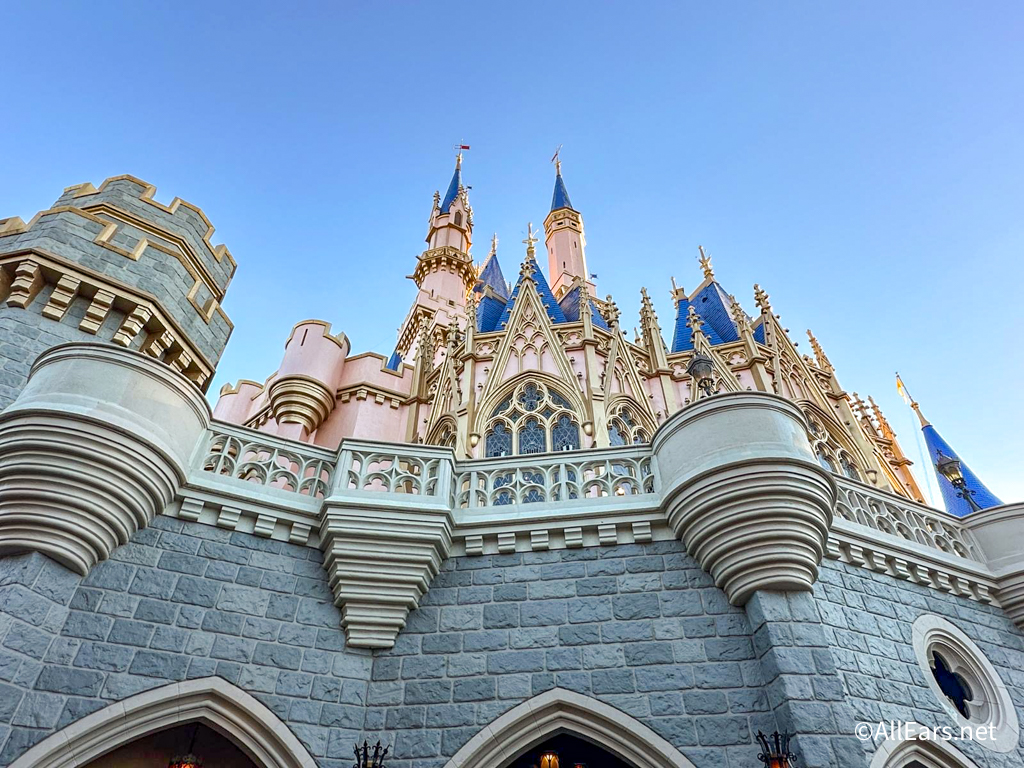


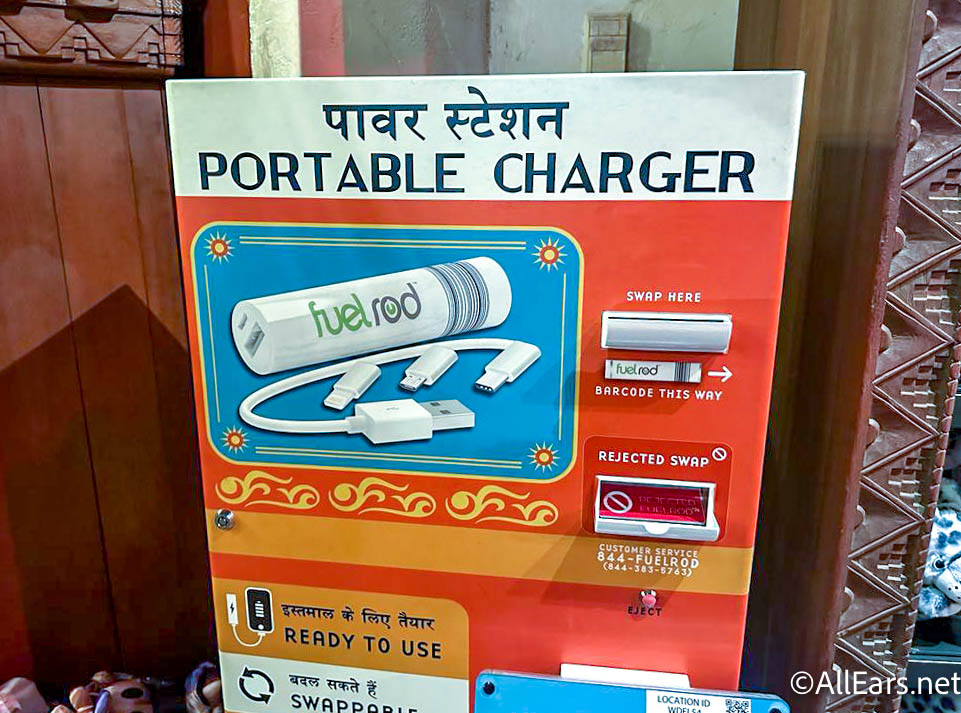
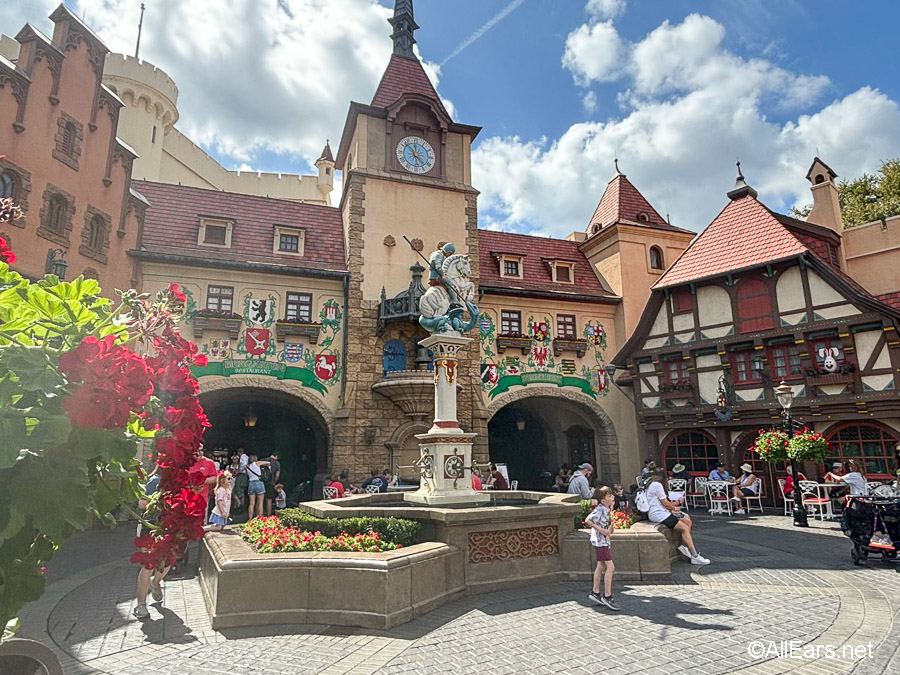






Trending Now
Two rides have announced months-long closures at Universal Studios Orlando!
Don't miss out on these super low prices on Amazon for a bunch of cool...
There will soon be a NEW way to get to Disney World and Universal from...
The Polynesian is filled with so much history, and we bet you did not know...
What should you do when one of your priority rides is closed?
Rides in Disney World have a chance to temporarily shut down throughout the day. Some...
We took a trip to Adventureland and found some must-have souvenirs!
With the EPCOT International Food and Wine Festival right around the corner, make sure you...
To get this NEW popcorn bucket, you'll have to grab some faith, trust, and pixie...
We spotted something NEW at Tiana's Bayou Adventure in Disney World!
I'm back at it again with my unhealthy levels of social anxiety, and THESE are...
There's a really bizarre ride closure happening in Disneyland!
There are some AMAZING Pirates of the Caribbean facts you've NEVER heard.
Let's talk about those souvenir photos that scream “This Is My First Trip to Disney...
We've become quite fond of these new (and very popular) bags, which is why we're...
We did the research and THIS is the Disney hotel that you'd love the best...
Did Universal quietly change the opening timeline for Epic Universe? Here's what we know.
Every way to rent a stroller at Universal Orlando.
Your jaw will DROP when you see the NEW Disney popcorn buckets coming soon!
See where you can get your photo taken with Forky -- the star of "Toy...